For over a century, people have loved photography and devised various ways to capture the most beautiful images.
Strange Photography Trends from the Past
Photography has come a long way since the invention of the first camera in 1568. In modern times, when everyone has a smartphone capable of taking pictures anytime and anywhere, it’s hard to believe that just a few decades ago, our ancestors only had black-and-white photographs. However, this does not mean that people from centuries ago were any less creative, even with more limited tools. There were many fascinating photography trends in the past that today’s generation might hesitate to replicate.
1. Post-Mortem Photography
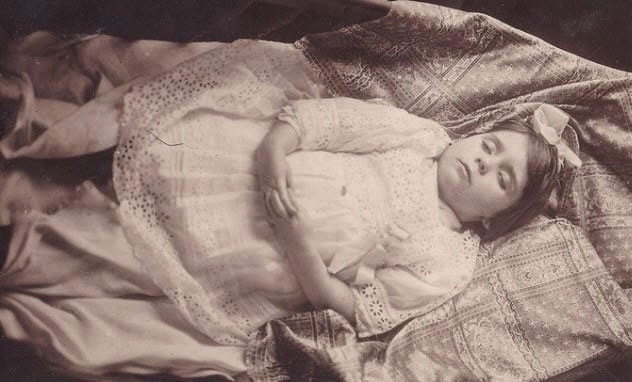
Post-mortem photography was a common trend in the 19th and early 20th centuries. At that time, taking photographs was quite expensive, and most people did not have pictures taken during their lifetimes. The only opportunity to have a photograph taken was after they had passed away. In fact, this was often the only picture of the deceased.
Since the body usually stiffens a few hours after death, relatives often had to call a photographer before the person died. Post-mortem photography gradually faded as medical advances allowed people to live longer. Many people also died in hospitals rather than at home. Cameras and photographs became cheaper over time, and most people had other pictures of their loved ones, leading to the decline of this trend.
2. The Hidden Mother Photography
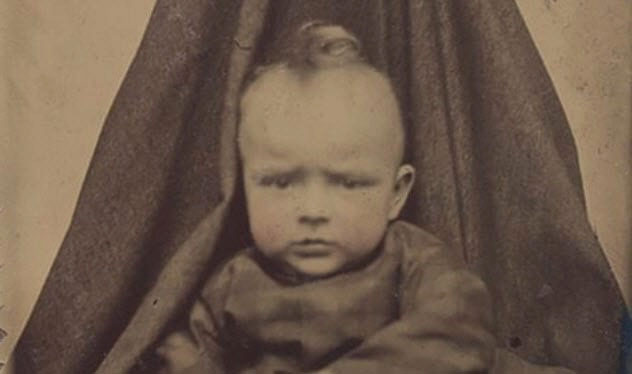
In the early days of photography, long exposure times were required. Subjects needed to remain still for about 30 seconds before a photo could be taken. This made it challenging for adults to keep children still and focused on the camera for that long. Thus, this is why old photographs of children sometimes feature their mothers, but they are hard to spot.
Mothers would hold their children still but would cover themselves with clothing to blend into the background. Some even disguised themselves as furniture, backdrops, curtains, or anything that could hide them.
3. Spirit Photography
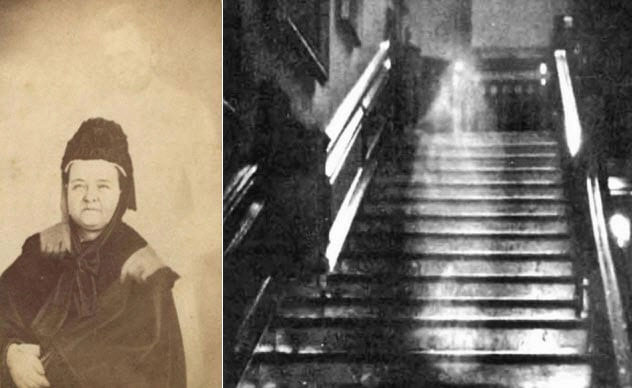
Photographers typically required clients to sit still to avoid ghostly images in the photographs. In 1861, photographer William H. Mumler discovered a method to create consistent ghost images in his photographs.
However, rather than creating a unique genre of photography, Mumler used this knowledge to deceive his clients. He claimed he could capture real images of spirits, and soon customers flocked to Mumler’s studio to take photos with the ghosts of their deceased loved ones. His ghostly images were soon exposed as fakes. However, he was acquitted in court.
4. Photos Without Smiles
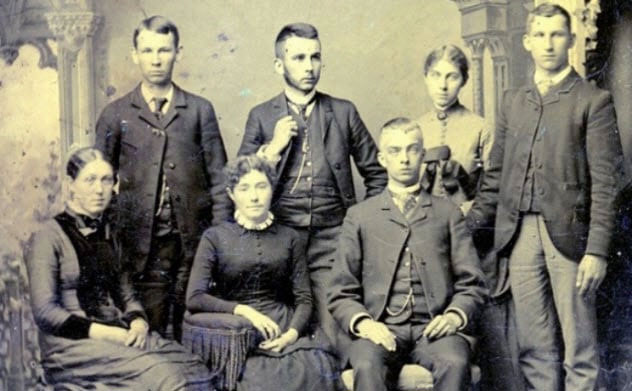
People rarely smiled in early photographs, especially in pictures taken during the 19th and early 20th centuries. There are several reasons for this. Initially, photography was seen as an extension of painting, and paintings were expected to look natural. This meant that subjects in photographs were also not allowed to smile or show emotions.
Another reason was the long exposure times of early cameras. Subjects had to maintain a facial expression to avoid ending up with a picture of an open mouth. Most people chose a neutral expression as it was the safest option.
Additionally, Victorians in England did not smile. There was a common belief that only fools smiled. No one wanted to be seen as a fool for smiling in a photograph.
5. Headless Portraits
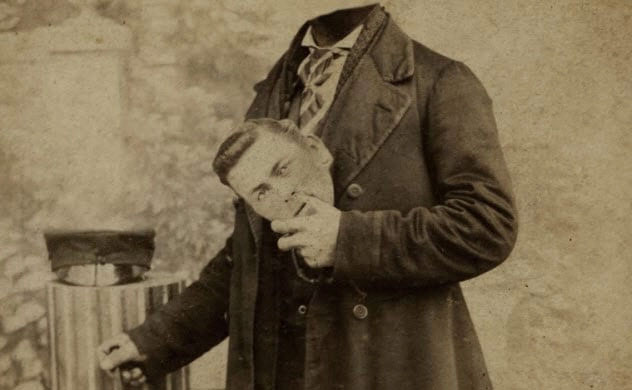
Photographers of the past crafted images long before computers and photo editing software were invented. Some photographers had long discovered the method of cutting and pasting two photos together to create a new image.
Swedish photographer Oscar Rejlander used this technique to create the genre of headless portraits in the 19th century. While this type of portrait can be easily created with modern photo editing software, it was a work of art centuries ago.
6. Pigeon Photography
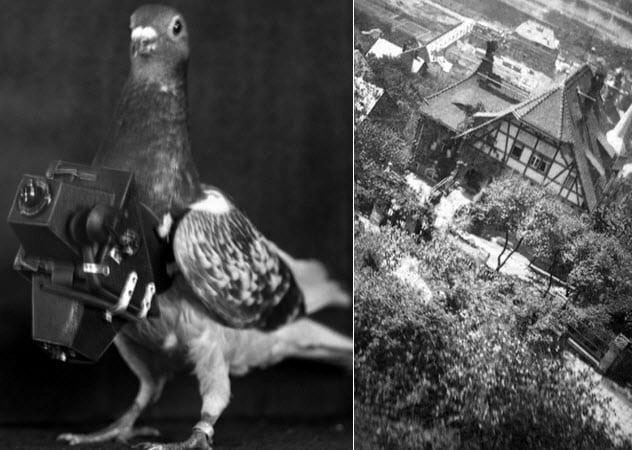
In 1907, Dr. Julius Neubronner patented a pigeon camera. As the name suggests, the camera was attached to a pigeon. A timer allowed it to automatically take pictures while the pigeon was flying. This can be considered an early version of a drone. While it may sound strange, it also produced some of the first aerial photographs.
7. Manual Retouching
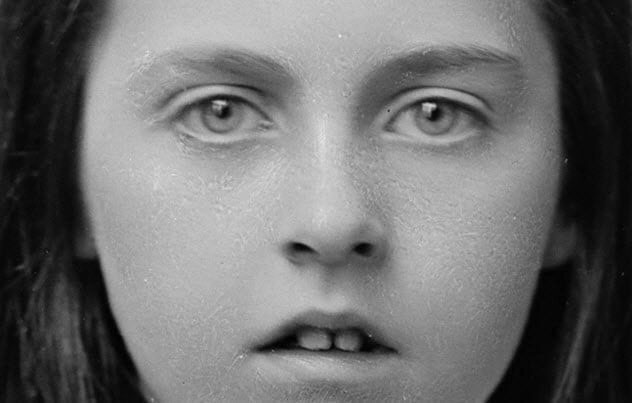
People began searching for ways to look better in photos right after the invention of photography. However, there were no computers or photo editing software at that time. The Victorians in England addressed this issue by using… pencils to manually retouch the glass plates used to create photographs.
Sharp pencils were used to darken the outlines of the body, while blunt pencils were used to lighten darker areas of the body. Cheeks often appeared shadowed because they tended to look darker in the finished image. Photo retouching was so common during the Victorian era that most photographs were manually edited in this way.
8. Hand-Painted Photographs
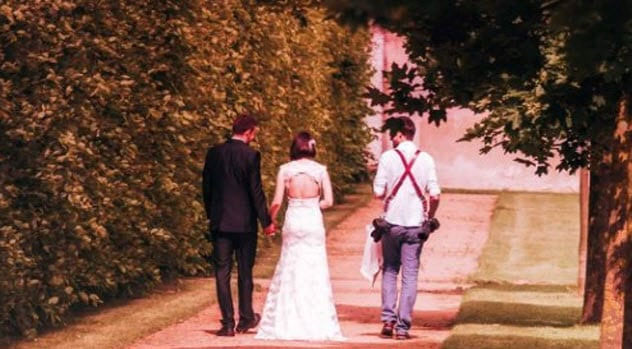
Some photographs from the 19th and early 20th centuries were colored, even though color photography was only perfected in the mid-20th century. So how did people from the past do this? The answer is that they hand-painted colors onto the photographs. By 1950, when color photography emerged, this trend naturally disappeared.
9. The Red Dress Photography Trend
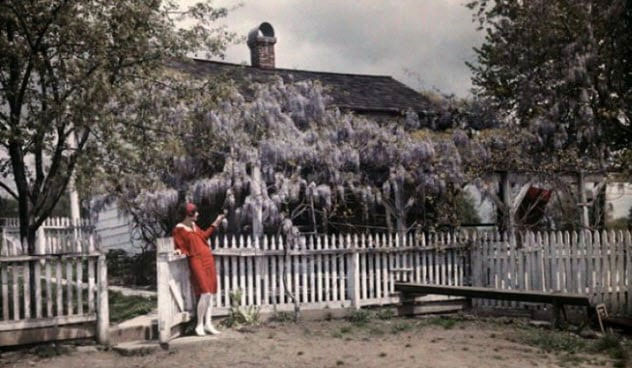
This trend emerged after the advent of color photography and was created by magazines. When color photography first appeared, editors quickly realized that readers focused on the colors in the photos rather than the lines and movements that were the focal points in the black-and-white photo era. Therefore, they had to create images with the most striking highlights, and red was chosen. Models were asked to wear red, making them stand out and attract viewers.





















































